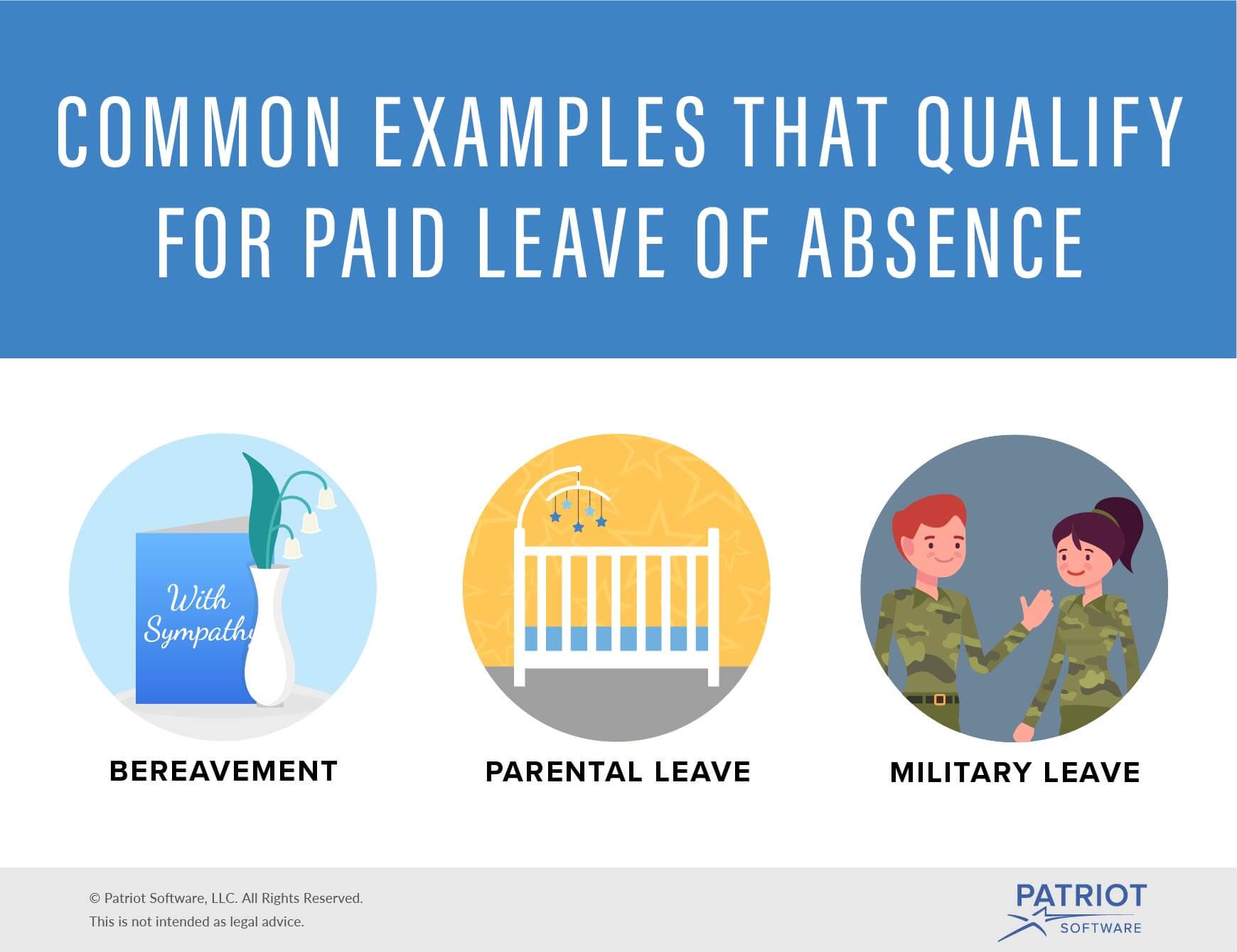Unveiling The Power Of Paid And Unpaid Leave: A Comprehensive Guide
Unveiling the Power of Paid and Unpaid Leave: A Comprehensive Guide
Related Articles: Unveiling the Power of Paid and Unpaid Leave: A Comprehensive Guide
Introduction
In this auspicious occasion, we are delighted to delve into the intriguing topic related to Unveiling the Power of Paid and Unpaid Leave: A Comprehensive Guide. Let’s weave interesting information and offer fresh perspectives to the readers.
Table of Content
Unveiling the Power of Paid and Unpaid Leave: A Comprehensive Guide

Paid and unpaid leave, often referred to as "P&O holidays," are integral components of a healthy work-life balance. These periods of time away from work, whether for personal reasons, family obligations, or simply rest and rejuvenation, are crucial for employee well-being and ultimately contribute to a more productive and engaged workforce.
Understanding the Nuances of Paid and Unpaid Leave:
- Paid Leave: This encompasses a range of benefits, including vacation time, sick leave, and parental leave, where employees receive their regular salary while being absent from work. These benefits are often mandated by law or negotiated through collective bargaining agreements.
- Unpaid Leave: This category includes leave for various reasons, such as family care, personal medical needs, or volunteer work. While employees are not compensated during unpaid leave, it offers flexibility and allows them to attend to essential life matters.
The Significance of Paid and Unpaid Leave:
1. Enhanced Employee Well-being:
Regular breaks from work contribute to improved physical and mental health. Studies show that employees with adequate vacation time experience reduced stress, improved sleep quality, and lower rates of burnout.
2. Improved Productivity and Engagement:
Returning from a leave period, employees are often refreshed and re-energized, leading to increased productivity and engagement. They are better equipped to handle work challenges and contribute to a positive work environment.
3. Reduced Absenteeism and Turnover:
Adequate leave policies can help prevent burnout and promote employee retention. Employees who feel valued and supported by their employer are less likely to seek employment elsewhere.
4. Fostering a Positive Work Culture:
A culture that prioritizes employee well-being and offers flexible leave options fosters trust and loyalty. It demonstrates an employer’s commitment to employee well-being and encourages a healthy work-life balance.
5. Legal and Ethical Considerations:
Many countries have legal provisions regarding minimum paid leave entitlements, ensuring that employees are afforded adequate time for rest and personal needs.
Navigating Paid and Unpaid Leave: A Guide for Employers:
- Establish Clear Policies: Develop comprehensive policies outlining different types of leave, eligibility criteria, procedures for requesting leave, and any associated documentation requirements.
- Offer Flexible Options: Consider offering flexible work arrangements, such as remote work or flexible hours, to accommodate employees’ personal needs.
- Promote a Culture of Leave: Encourage employees to utilize their leave benefits and create a workplace culture that values rest and rejuvenation.
- Provide Support During Leave: Offer support to employees returning from leave by providing resources and information to help them transition back to work smoothly.
Frequently Asked Questions about Paid and Unpaid Leave:
Q: What types of paid leave are typically offered?
A: Common types of paid leave include vacation time, sick leave, parental leave, and bereavement leave.
Q: What is the purpose of unpaid leave?
A: Unpaid leave allows employees to take time off for various reasons, such as family care, personal medical needs, or volunteer work.
Q: Who is eligible for unpaid leave?
A: Eligibility for unpaid leave varies based on the specific type of leave and applicable laws or company policies.
Q: Can employees be denied leave?
A: Employers cannot arbitrarily deny leave requests. However, there may be legitimate reasons for denial, such as exceeding the allotted leave time or potential disruptions to essential business operations.
Q: What are the legal requirements for paid leave?
A: Legal requirements for paid leave vary by country and jurisdiction. It’s essential for employers to familiarize themselves with applicable laws and regulations.
Tips for Employees Regarding Paid and Unpaid Leave:
- Understand Your Entitlements: Familiarize yourself with your company’s leave policies and legal entitlements.
- Plan Ahead: Plan your leave in advance to ensure it aligns with your work commitments and deadlines.
- Communicate Effectively: Inform your supervisor about your leave request in a timely manner, providing clear details and reasons for the request.
- Utilize Leave Wisely: Use your leave time to rest, recharge, and attend to personal needs, maximizing its benefits.
Conclusion:
Paid and unpaid leave are essential for creating a healthy and productive workplace. By understanding the significance and nuances of these benefits, employers and employees alike can leverage them to promote well-being, enhance productivity, and foster a positive work environment. Implementing fair and comprehensive leave policies is a crucial investment in both employee well-being and organizational success.








Closure
Thus, we hope this article has provided valuable insights into Unveiling the Power of Paid and Unpaid Leave: A Comprehensive Guide. We thank you for taking the time to read this article. See you in our next article!